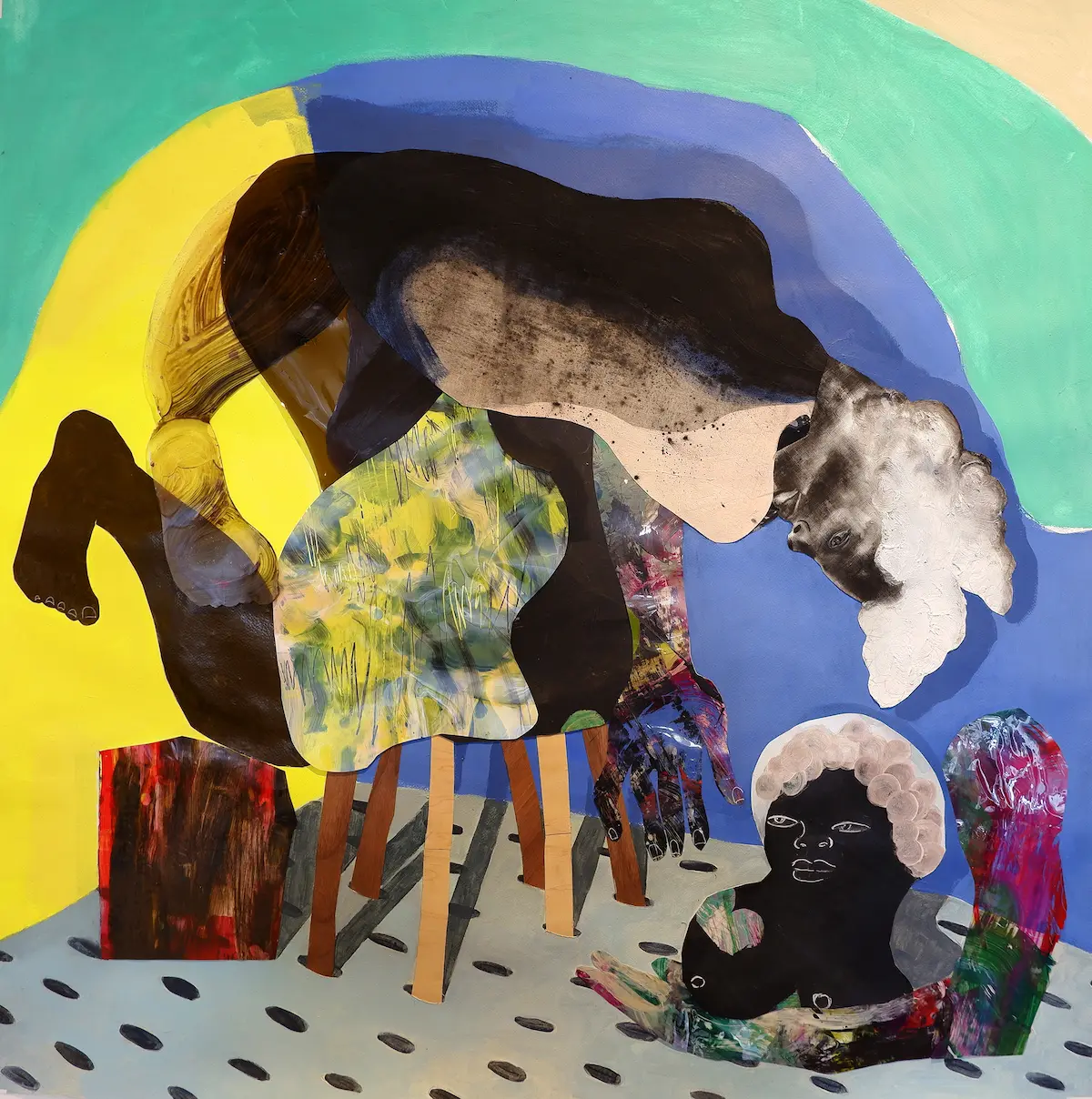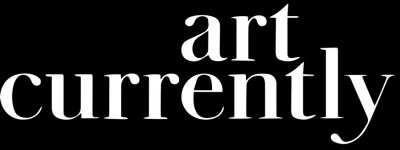Art Militant: Gallery 495’s Emerging Voice and Quiet Confidence in a New Space

 Nkechi Ebubedike, “Woman on Stakes II” (2025). Courtesy the artist and Gallery 495
Nkechi Ebubedike, “Woman on Stakes II” (2025). Courtesy the artist and Gallery 495
I first crossed paths with Michael Mosby, the quiet force behind Gallery 495, in early September on the top floor of WSA NYC during the preview of “Duet”, the new fair curated by Kyle DeWoody and Zoe Lukov. Most of the building was moving at a fair speed with shoulders rubbing, conversations stacked on top of each other, everyone performing alertness, but the top floor felt different. It was the last room in the flow, and the air had finally shifted a bit; gallerists and artists were gathered between a beautiful arrangement of Karon Davis sculptures. Everyone felt a little looser, all taking a breath before heading back into the fog.
That’s where we met – not in a booth or over a checklist, but in this brief off-duty pocket where introductions land cleaner. We exchanged what we were each building, shared our opinions on the week up to that point, and that’s when the gallery came up without an agenda. Armory VIP was the next day, and when we reached the topic, the invitation to check out his newly curated exhibition was taken as a note passed in motion. The next day, I stopped by the booth — not to confirm anything, but to follow that thread. That’s when the logic of Gallery 495 began to register.
Situated within the Presents section of the fair (a zone meant for young galleries to show themselves amongst the regular giants of the industry), Gallery 495 refused the posture the format encouraged. Their booth didn’t operate like a pitch to the art world. It moved more like a continuation of something already in motion, a conversation that would keep unfolding long after the fair closed. No forced narratives, no over-the-shoulder guiding. Just objects placed with assured restraint, letting the material carry the conversation. That was my entry point into understanding their voice—a voice I found rather interesting during a week built for spectacle. Moses was fulfilling a duty in upstate New York not through statement, but through atmosphere.
Back at their Main Street space in downtown Catskill, Gallery 495 brought those early impressions into focus with In This Here Place, We Flesh, an expansive exploration of the human body and the atmospheres in which it exists, curated by Maty Sall. The show didn’t posture or announce itself much beyond journalistic press and publication reviews, with 495 again grounding itself quietly in such an immersive and visible conversation. Aineki Traverso, Nkechi Ebubedike, and Shiri Mordechay weren’t grouped to illustrate a theme so much as placed in orbit — each approaching the body without locking it into a singular idea. Sall remarks that she “Here is the place that I thought about as a meditation on the body; we are in a time where we see so much destruction of our body that it is so easy for us to disassociate from it. I wanted us to think of the body as a place of wonder; a place that needed to be respected.”
What continues to set Gallery 495 apart is its material instinct. They don’t settle into a flat presentation. Instead, the space is shaped through sculpture, object language, and structural canvases — work that shifts how a room holds meaning. Their exhibitions feel lived-in rather than staged, each one adjusting the space's temperature rather than repeating a formula, as most galleries seem to do in their early years.
In In This Here Place, We Flesh, Mordechay’s figures staggered between tenderness and threat, more phantom than anatomy. Traverso let memory dissolve into terrain — bodies moving like weather systems rather than subjects. Ebubedike staged form as architecture, building figures that stretched against their own boundaries. Rather than presenting the body, the exhibition stressed its range — testing what it could hold, what it could express, what it could illustrate. 495’s strength lies not only in what they show, but in how slowly they build context. Nothing feels rushed toward statement or scale. There’s time in the work, and the gallery gives it proper space to settle. Each show arrives less like a debut and more like another mark in an ongoing dialogue.
If this exhibition was any indication, Gallery 495 is building steadily. They are not here for flash, but for longevity. I’m interested to see where growth takes them. I left with the sense that 495 isn’t just programming exhibitions — they’re building continuity. And in a moment where attention is designed to scatter, that kind of consistency feels like a stance — one I’m excited to see evolve.

